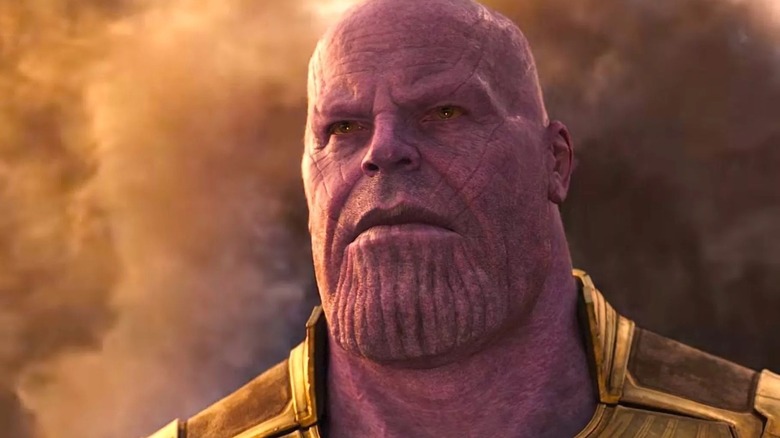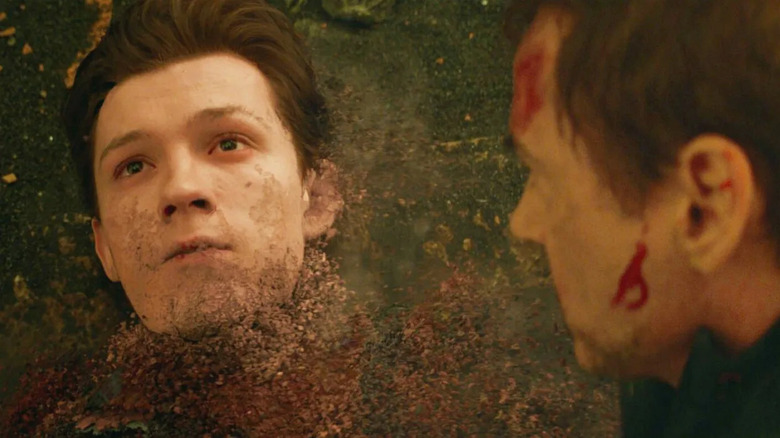How The Marvel Brass Decided Which Heroes Would Get Dusted By The Thanos Snap
The Marvel Cinematic Universe is the great franchise experiment of modern times. It is an expanding universe telling different stories in a large movie continuity, converging in crossover events like the comic books that inspire them, with dozens of characters across dozens of movies.
Before the MCU became the creatively bankrupt and commercially unviable husk it is today, it dominated the pop culture conversation. Today, it is easy to forget that a decade ago it was unthinkable for a movie about a talking raccoon and a giant tree to be a huge commercial hit, but somehow we got a whole trilogy starring them.
That success climaxed in "Avengers: Infinity War," an unprecedented cinematic crossover that brought dozens of heroes together in a single movie, and then (briefly) killed half of them. Though these deaths were meant to be arbitrary, a throw of the cosmic dice, there was a bit of a formula to who got to live and who got snapped out of existence. The book "MCU: The Reign of Marvel Studios," by Joanna Robinson, Dave Gonzales, and Gavin Edwards, recounts how the decision was made about who would survive Thanos' Blip. Head honcho Kevin Feige got together with writers Christopher Markus and Stephen McFeely, as well as directors Anthony and Joe Russo and producer Trinh Tran in a conference room filled with cards representing every MCU character that was available to appear (and die) in the film. According to the book, the cards were used to play a game — "Who Lives and Who Dies."
According to Feige, they decided based on what "would be the most heartbreaking." This meant killing T'Challa to hurt audiences, Bucky to hurt Steve Rogers, and Peter Parker to hurt Tony Stark.
Who lives, who dies, who tells the Avengers' story?
Was there a financial component to the decisions? The book specifies that the back of each card had "the salary and contractual status of the actor who played the character." Though McFeely says they "didn't know how much each actor made" the cards still had "either one dollar sign or up to five dollar signs" as well as information about whether the actors were already under contract or if Marvel needed to sign a new deal. Though it sounds cynical, it is a smart choice.
If not under contract, the actors might want to renegotiate their agreement — as they should, given this was always going to be one of the highest-grossing movies of all time. From Marvel's side, however, it doesn't make much sense to sign a new deal to bring back an actor only to then kill them off in the same movie, especially with so many other characters around.
As for who would live, the filmmakers decided to keep the original six members of the Avengers alive to finish their stories in "Avengers: Endgame," and then bring along characters whose personalities could fill in any gaps. "If people are joking, Nebula can come in and just kill the laughs, which is very fun to do," Markus said. "If people are very serious, Rocket can come in and make fun of them."

